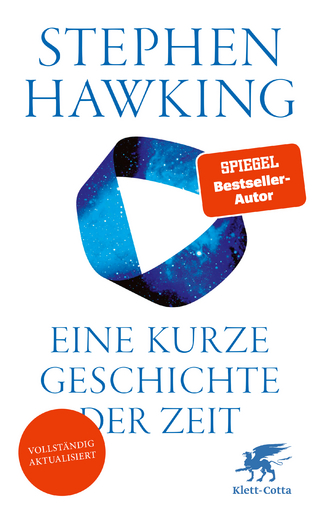
Kristian Birkeland
The First Space Scientist
Seiten
2010
|
Softcover reprint of hardcover 1st ed. 2005
Springer (Verlag)
978-90-481-6830-9 (ISBN)
Springer (Verlag)
978-90-481-6830-9 (ISBN)
At the beginning of the 20th century, Kristian Birkeland (1867-1917), a Norwegian scientist of insatiable curiosity, addressed questions that had vexed European scientists for centuries. Why do the northern lights appear overhead when the earth’s magnetic field is disturbed? How are magnetic storms connected to disturbances on the sun? To answer these questions Birkeland interpreted his advance laboratory simulations and daring campaigns in the Arctic wilderness in the light of Maxwell’s newly discovered laws of electricity and magnetism. Birkeland’s ideas were dismissed for decades, only to be vindicated when satellites could fly above the earth’s atmosphere.
Faced with depleting stocks of Chilean saltpeter and the consequent prospect of mass starvation, Birkeland showed his practical side, inventing the first industrial scale method to extract nitrogen-based fertilizers from the air. Norsk Hydro, one of modern Norway’s largest industries, stands as a living tribute to his genius.
Hoping to demonstrate what we now call the solar wind, Birkeland moved to Egypt in 1913. Isolated from his friends by the Great War, he yearned to celebrate his 50th birthday in Norway. The only safe passage home, via the Far East, brought him to Tokyo, where he passed away in the late spring of 1917.
Faced with depleting stocks of Chilean saltpeter and the consequent prospect of mass starvation, Birkeland showed his practical side, inventing the first industrial scale method to extract nitrogen-based fertilizers from the air. Norsk Hydro, one of modern Norway’s largest industries, stands as a living tribute to his genius.
Hoping to demonstrate what we now call the solar wind, Birkeland moved to Egypt in 1913. Isolated from his friends by the Great War, he yearned to celebrate his 50th birthday in Norway. The only safe passage home, via the Far East, brought him to Tokyo, where he passed away in the late spring of 1917.
Background and Education.- At the 19th Century's End.- A New Abel.- Introduction: Tempora Mutant Et Nos Cum Illis Mutamur.- Geomagnetic and Solar System Research.- Aurora in a Vacuum Chamber.- The Norwegian Auroral Expeditions.- The Universe in a Vacuum Chamber.- Technology and Applied Physics.- Fast Switches and Electromagnetic Cannons.- In as Little as Four Years.- Birkeland the Man.- As Seen in his Own Time.- Consummatus in Brevi, Explevit Tempora Multa.- Birkeland's Heritage.- From Small Acorns.- In Memoriam.
| Reihe/Serie | Astrophysics and Space Science Library ; 325 |
|---|---|
| Zusatzinfo | X, 228 p. |
| Verlagsort | Dordrecht |
| Sprache | englisch |
| Maße | 160 x 240 mm |
| Themenwelt | Sachbuch/Ratgeber ► Natur / Technik ► Weltraum / Astronomie |
| Geisteswissenschaften ► Geschichte | |
| Naturwissenschaften ► Physik / Astronomie ► Astronomie / Astrophysik | |
| ISBN-10 | 90-481-6830-9 / 9048168309 |
| ISBN-13 | 978-90-481-6830-9 / 9789048168309 |
| Zustand | Neuware |
| Haben Sie eine Frage zum Produkt? |
Mehr entdecken
aus dem Bereich
aus dem Bereich
die Suche nach der Urkraft des Universums
Buch | Hardcover (2023)
Klett-Cotta (Verlag)
25,00 €
Perspektiven auf die Menschheit
Buch | Hardcover (2024)
Klett-Cotta (Verlag)
25,00 €


